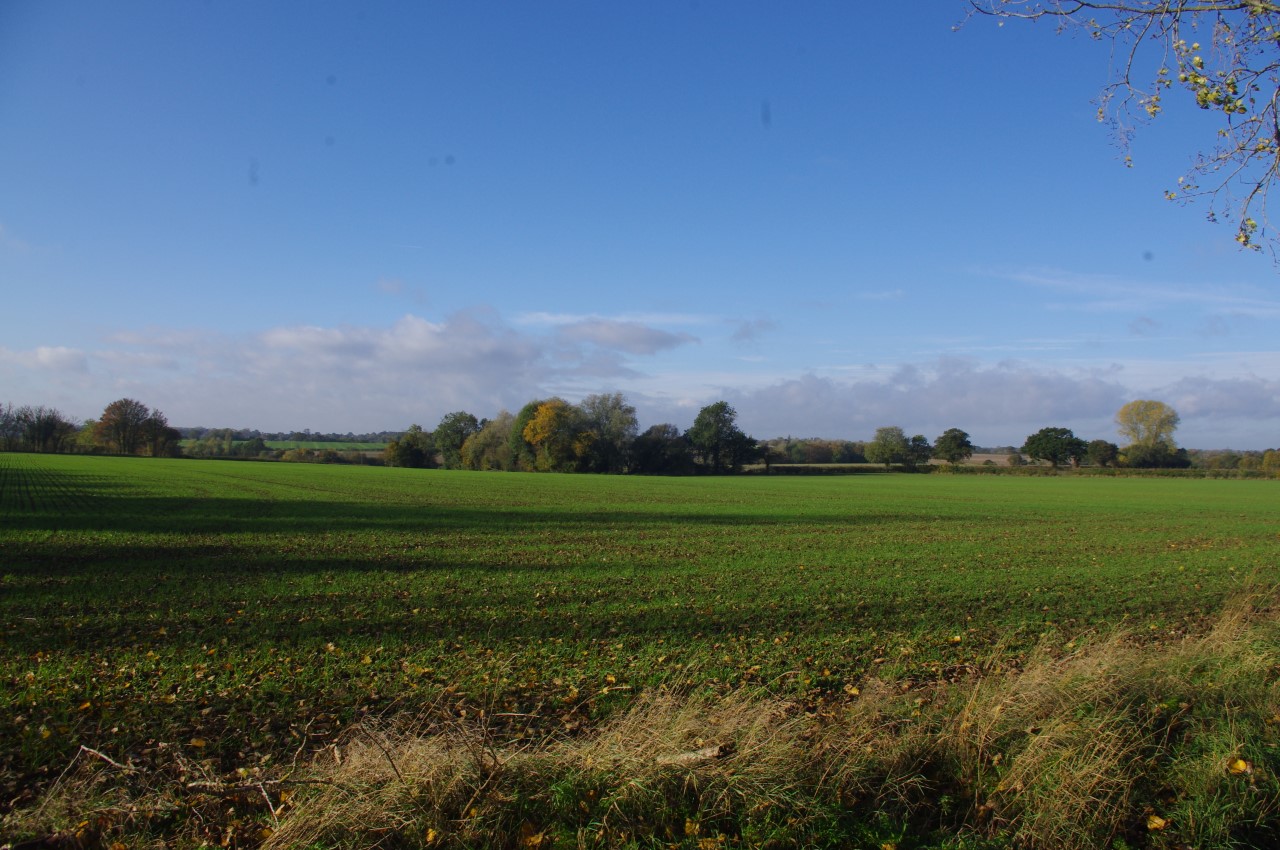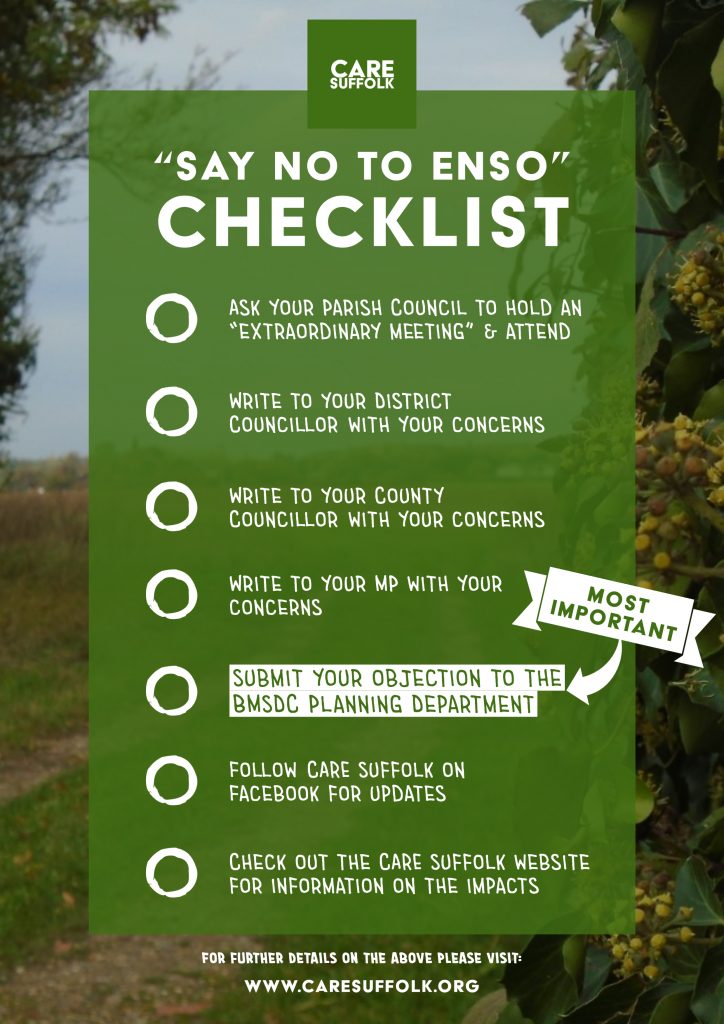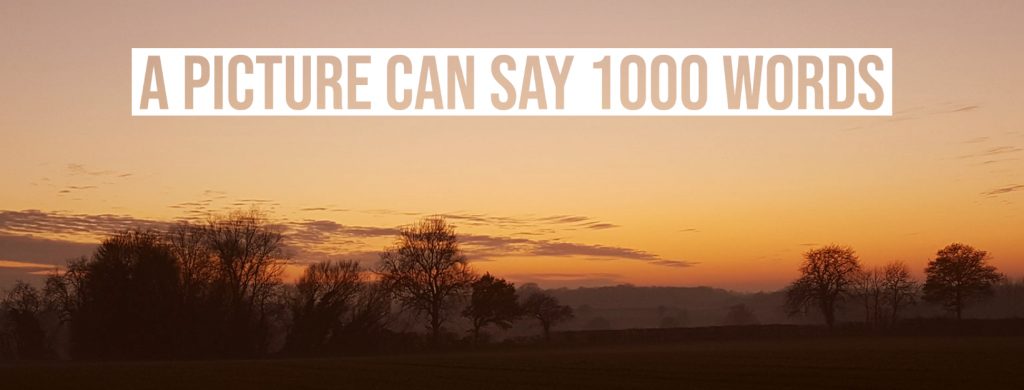
I am a Local Resident…
Here at CARE Suffolk we are all local residents to multiple proposed industrial developments, including 3 solar PV sites.
It is truly heart-breaking when you realise parts of your village, and maybe even your own home, will be surrounded by large industrial solar panels and other equipment.
Countryside walks and wide open rural views that are priceless to your mental, social, and physical health.
Wildlife homes, foraging grounds, and communication pathways, all that you enjoy watching.
The peace and tranquillity of the area you live in, vital also to the wellbeing of you, your family, friends, and the wildlife.
All proposed to be destroyed in one gigantic swoop.
And perhaps also the worries of increased flooding from increased surface water run-off, the blocking of narrow single track country roads by large lorries and the destruction of the verges as they drive up them to squeeze past in passing places that are barely big enough for two small cars, the noise and possible EMF, the loss of productive farmland, the harm to valued listed buildings and heritage, maybe even to underground archaeology, the worry whether it will be converted to housing or industrial units afterwards, and maybe whether the company proposing the development will even be around when it comes to taking it all down in 30-40 years time so the community isn’t left with a waste site.
Not every solar PV site will come with all of these concerns. But they are potential and valid concerns if you have them.
Whether you are a local resident to us here, or a local resident to a proposed site somewhere else in the UK, we share the following information for you in the hope it will help you. We may not know the nuances about where you live, but you do. And there is no one better to raise the concerns that you have than you.
Quick Advice
Here is our checklist of the things you can do:
1. Ask your Parish Council to hold a dedicated extraordinary meeting and turn up to share your concerns
2. Write to your Town or District Councillor to tell them of your concerns, asking them to help
3. Write to your County Councillor to tell them of your concerns, asking them to help
4. Write to your MP to tell them of your concerns, asking them to help
Note: your County Councillor and MP may come back saying they can’t help because it is a local planning issue. Some County Council departments will be statutory consultees for your local planning, and MPs around the country are starting to write in with their concerns on local planning applications for solar farms. They are voted for by their constituents (you) to represent your concerns to the appropriate people. So there is something they can do.
5. MOST IMPORTANT: Make sure you submit an objection when the public consultation is open.
6. Ask your neighbours to do all the above too.
7. Get involved with a local working/campaign group in the community if you have one. Even if all you can offer is to distribute some flyers.
Below is a copy of the checklist we created for residents for one of the applications here. “BMSDC” is short for our local Council – Babergh and Mid Suffolk District Council.

Submitting your Objection
When it comes to writing your objection make sure you have read the application documents. Unfortunately there will be a lot of them.
You will also need to know the planning policies in your local plan, as it is these which a planning decision is judged against, and it is good practice to quote the relevant ones in your objection. Your Town or District Council may have supplementary documents and policies too that are topic specific.

Do not be afraid to include photos in your objection. As they say, a picture says 1000 words. But it is also good evidence to demonstrate your point. Try to back up your points with evidence such as photos and scholarly articles. Include everything in a MS Word, Google Docs, or PDF file, and email it to your Council’s planning office. The relevant email will be on the planning area of the Council website.
If you specialise in or have experience in a particular topic that is relevant to any part of the application (perhaps you have have ecology experience, or know about glint & glare for example) then please feel free to scrutinise those particular documents, ask questions, point out information that is missing or conflicting, and submit a detailed and technical objection on that topic. Whilst your local council will have statutory experts who know these topics, they are unlikely to know the area you live in with as much detail as you have. There is only so much they can tell from maps, carefully co-ordinated photos by the developer, and reports that were written by the developers and those employed and hired by them. Help them out and tell them (and show them with photos) what the developer hasn’t.
We have written a separate page giving advice on 3 ways to write better planning objections. You can find it here. We have also collated a selection of Planning Policy Documents which you can find here. We also recommend the book How to Object to a Planning Application or Planning Appeal by Christian Leigh.
Summary
It is OK to like some parts of a proposal, but still believe it isn’t right for your area and will do more damage than good. It is OK to like most of a proposal, but still have concerns about one or a few things. It is OK to believe one thing about a proposal, and then change your mind later on as you learn more. The developers do sometimes update their proposal before the application and make some good changes.
The most important thing you can do, is to submit your own objection and raise the issues that are of concern to you. At the end, when all is said and done, you will know in your heart that you did something.
“If you fight you might lose, if you don’t you have already lost.”
Bertolt Brecht